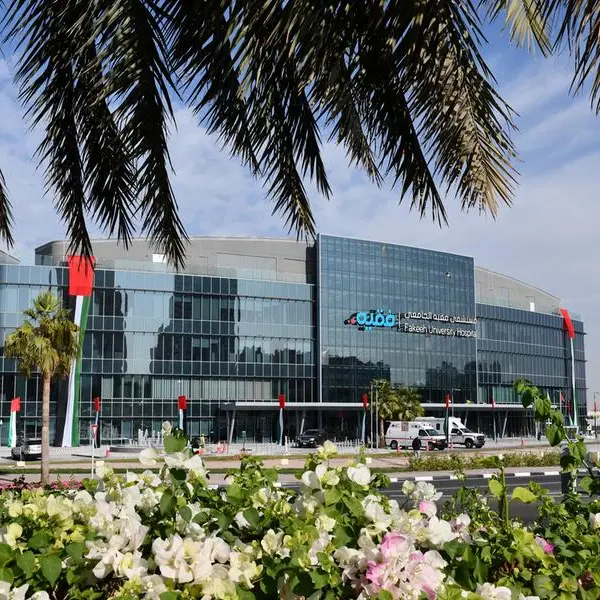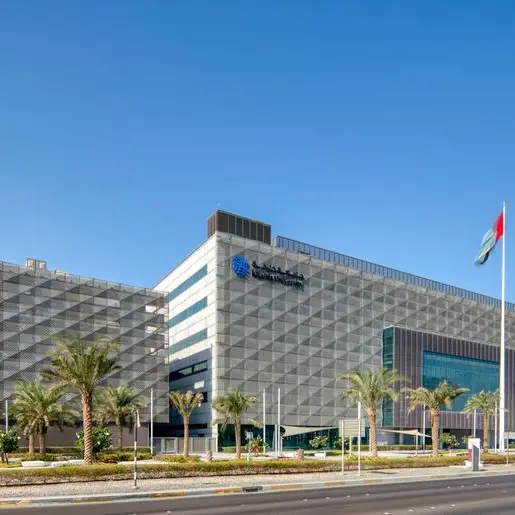PHOTO
By Reema Ashraf and Kerie Receveur
In brief:
While a legal framework for combating money laundering exists in the UAE, it remains relatively untested. Hadef & Partners discuss the approach to Anti-Money Laundering in the UAE by way of:
- An exploration of the laws and regulations governing the framework to combat money laundering and to prevent terrorism financing in operation in the UAE;
- Considering the penalties and sanctions available to the authorities in the UAE for money laundering and terrorism financing crimes, including the more modern sanction of freezing the proceeds of crime;
- A brief comparison of the regime in the DIFC compared to that of the onshore jurisdiction.
Legal Background
Although various related provisions such as “concealment” and “fraud” were already included in the Penal Code from 1987, the UAE specifically criminalised “money laundering” in Federal Law No. 4 of 2002 (“Old AML”).
To comply with the Financial Action Task Force (FATF) requirements (the UAE is a member of FATF through the GCC), Old AML was enhanced by Federal Law No. 9 of 2014 (“Amended AML”) which, although similarly worded to Old AML, widens the scope of the offences and increases the severity of the penalties. It is important to note that the major difference between Old AML and Amended AML is that Amended AML replaces the term “Money Laundering” with the wider term “Money Laundering, Terrorism or Terrorist Organisation Financing”.
Following the implementation of Old AML, the Central Bank established the Anti-Money Laundering & Suspicious Cases Unit (the “AMLSCU”), also known as the Financial Information Unit (the “FIU”). Suspicious transaction reports are sent to the FIU from all financial institutions and commercial establishments. The FIU is situated within, and reports directly to, the Central Bank.
While Amended AML requires that suspicious transaction reports be submitted to the FIU, money laundering circulars issued by other regulators, such as the Securities and Commodities Authority (“SCA”) and the Insurance Authority, require entities under their supervision to send reports to them, which are passed on to the FIU. It is recommended that any suspicious activity be reported immediately upon discovery, to enable the FIU to act promptly.
Furthermore, the UAE Central Bank established regulations on money laundering in 2000, applicable to banks and financial institutions under Central Bank Regulation Concerning Procedures for Anti-Money Laundering, 24/2000 (“Circular 24”).
Circular 24 requires institutions licensed and regulated by the Central Bank to report any suspicious transactions carried out by customers, which may be related to illegal dealings, and consequently to money laundering and/or terrorism financing. They should also:
(a) verify the real identity of their clients at all times;
(b) maintain sufficient information on customer identity; and
(c) take note of any transaction whose size is incompatible with its owner’s income, and which does not seem to have any reasonable economic cause or clear legal objective.
Since the introduction of Circular 24, the Central Bank has continued to issue circulars governing money-laundering, including remittances and importing cash.
In 2000, the Central Bank formed the National Anti-Money Laundering Committee (“Committee”), which has overall responsibility for anti-money laundering policy in the UAE, primarily to adhere to FATF requirements, and other international organisations. This Committee includes the Central Bank; the Ministries of the Interior, Foreign Affairs, Justice, Finance, Economy and Commerce, and Social Affairs; the UAE Customs Council; the State Security Department; and the various Municipalities. A few of the largest national banks and moneychangers act as observers.
Money Laundering
Taken together, the AML Laws (Amended AML, Central Bank Circulars and SCA Regulations) envisage “money laundering” as “any act whereby a person converts, transfers or deposits, saves, invests, exchanges or manages any proceeds with an intent to conceal or disguise its illicit origin” and when they “conceal or disguise the true nature, origin, location, way of disposition, movement, rights related to any proceeds or ownership thereof” or “acquire, possess or use such proceeds” (Article 2 of Amended AML).
The Central Bank definition is “any transaction aimed at concealing or changing the identity of illegally obtained money, so that it appears to have originated from legitimate sources, where in fact it has not.”
Money laundering has three distinct phases: placement, layering and integration. First, the illegitimate funds are surreptitiously introduced into the legitimate system. Then the money is moved around to create confusion. Finally, it is integrated into the financial system through additional transactions until the “dirty” money appears to be “clean”.
“Proceeds” are defined as any property (i.e. assets of any kind, whether corporeal or incorporeal, moveable or immovable) resulting directly from the commission of any offences described in Article 2 of Amended AML – dealing in narcotics and psychotropic substances, kidnapping, piracy, terrorism, illegal dealing in firearms and ammunition, bribery, embezzlement and damage to public property, deceit, breach of trust, etc.
Penalties and Sanctions
Amended AML applies to:
(a) individuals resident in the UAE (including the financial free zones i.e. the DIFC);
(b) entities operating in the UAE, including in the free zones; and
(c) UAE citizens committing such acts outside the state (Article 22 of the Penal Code).
Any individual contravening Amended AML may be subject to a fine of AED100,000 to AED500,000 or up to ten years in prison. Entities are punishable by a fine of AED300,000 to AED1,000,000. Also, the proceeds of any money laundering activity are confiscated. As long as there is a provable connection between a crime and the proceeds of that crime in the UAE, Amended AML can operate against these proceeds.
Freezing the proceeds of crime in the UAE, akin to an English Mareva injunction, is already provided for in Amended AML. The concept of “Mareva by Letter” is starting to gain recognition in the onshore UAE jurisdiction (it is already commonplace in the DIFC). Specifically, under Amended AML, “the funds and proceeds resulting from the crime of money laundering, terrorism or illegal organisations financing, or the properties equal thereto” as well as the “properties, equipment, tools or means that have been used or intended to be used therein” may be forfeit.
Circular 24 and the Federal Law No. 7 of 2014 (the “Counter Terrorism Financing Law”) impose obligations on financial institutions to freeze transactions and accounts, where it is suspected that the sources of funds are illicit, or where the transaction might be terrorist-related. Following the freezing of funds, the institution must inform the Central Bank immediately so that the authorities may proceed to investigate the suspicious activity. The Central Bank can impose sanctions, including revocation of a licence, should a financial institution fail to comply with the requirements under Circular 24.
Under the AML Laws, there are provisional measures available:
(a) the Central Bank can ex parte freeze property held with financial institutions;
(b) the relevant public prosecutor’s office can ex parte seize property under its own procedures; and
(c) a court can order attachment of property for undetermined periods if the property is related to a money laundering offence.
The Counter Terrorism Financing Law permits freezing or seizure of any property, accounts or proceeds suspected to be used to finance terrorism.
Dubai International Financial Centre
The Dubai International Financial Centre (the “DIFC”) has its own Anti-Money Laundering Regulations which are similar to the Federal provisions. Suspicious transactions must be reported to the AML Suspicious Cases Unit (similar to the FIU) and the DACD (the DIFC’s Compliance Department). The DIFC AML Regulations also explicitly address the situation where an information request is received by a DIFC financial institution from an overseas regulator. The DIFC AML Regulations require the financial institution to report the request to the DIFC authority and obtain its “guidance”, presumably before responding to the request.
Like the Central Bank, the DIFC Authority has extensive powers to carry out investigations and obtain information from entities. Unlike the Central Bank, however, under the DIFC AML Regulations, the DIFC will generally cooperate very closely with regulators and/or criminal enforcement agencies, whether in the UAE or elsewhere.
Conclusion
The legal framework for regulating anti-money laundering is in place, and being tested. The extent to which the applicable rules and requirements are applied on a day-to-day basis by the FIU, courts and public authorities (e.g. the police) is becoming more apparent. However investigations by the FIU are not publicised and court judgments are not widely published.
The UAE is a young jurisdiction, which is developing rapidly. We therefore expect rapid development in the AML space, which would be consistent with progress in many other areas.
© Hadef & Partners 2016












